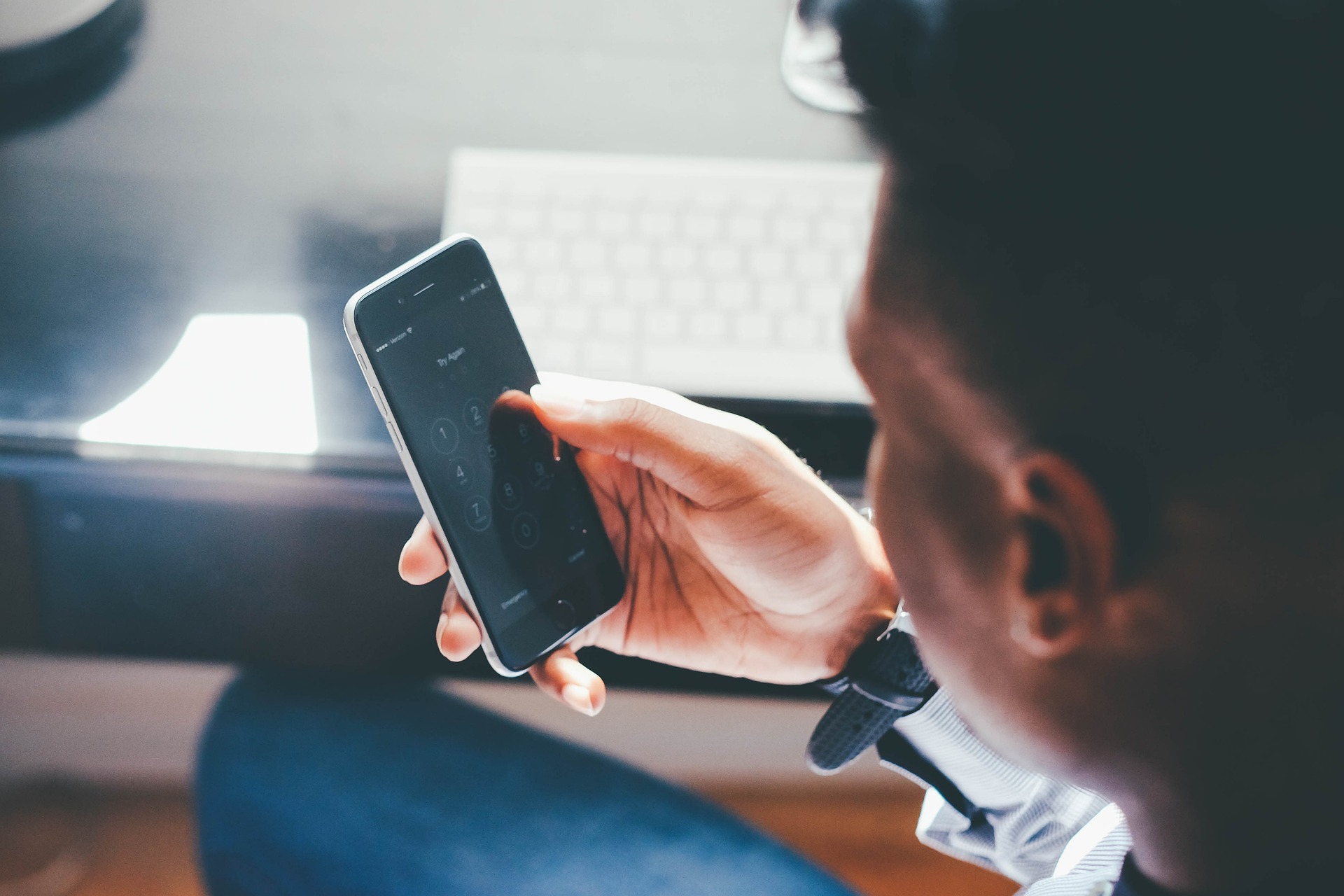Anxiety in the Digital Age: Causes and Coping Strategies
Anxiety disorders have become increasingly prevalent in modern society, with millions of people worldwide grappling with persistent feelings of worry, fear, and unease. The digital age, characterized by constant connectivity and information overload, has introduced new stressors that contribute to the rising rates of anxiety. Social media, 24/7 news cycles, and the blurring of work-life boundaries have created an environment where individuals feel constantly "on" and struggle to find moments of peace. This article explores the complex relationship between technology, modern lifestyles, and anxiety, examining the underlying causes and offering practical strategies for managing anxiety in an increasingly digital world.

The constant stream of notifications, emails, and social media updates creates a sense of urgency and fear of missing out (FOMO), leading to heightened anxiety levels. Moreover, the curated nature of social media can foster unrealistic comparisons and feelings of inadequacy, further contributing to anxiety and low self-esteem.
The Impact of Information Overload
One of the most significant contributors to anxiety in the digital age is information overload. The internet provides access to an unprecedented amount of information, but this abundance can be overwhelming and anxiety-inducing. Individuals are bombarded with news, opinions, and data, often struggling to filter and process the information effectively.
The 24/7 news cycle, in particular, can be a source of significant anxiety. Constant exposure to negative news stories and global crises can create a sense of impending doom and helplessness. This phenomenon, known as “headline stress disorder,” can lead to chronic anxiety and a distorted perception of risk.
Social Media and the Anxiety Epidemic
Social media platforms have revolutionized how we connect and communicate, but they have also introduced new sources of anxiety. The curated nature of social media posts can create unrealistic standards and foster feelings of inadequacy. Users may experience anxiety about their online persona, constantly comparing themselves to others and seeking validation through likes and comments.
Moreover, social media can exacerbate existing anxieties related to social interactions. The fear of missing out (FOMO) and the pressure to maintain a perfect online image can lead to increased stress and anxiety. The addictive nature of social media platforms can also contribute to anxiety by disrupting sleep patterns and reducing face-to-face social interactions.
Work-Life Balance in the Digital Age
The digital revolution has blurred the boundaries between work and personal life, creating new challenges for maintaining a healthy work-life balance. The ability to work remotely and be constantly connected has led to increased expectations of availability and productivity. This constant pressure can result in chronic stress and anxiety, as individuals struggle to disconnect and recharge.
The “always-on” culture has also contributed to a rise in burnout and work-related anxiety. The fear of missing important emails or falling behind on work can make it difficult for individuals to fully relax and engage in leisure activities, leading to a cycle of stress and anxiety.
Digital Detox and Mindfulness Practices
As awareness of the negative impacts of digital overuse grows, many individuals are turning to digital detox practices to manage anxiety. Digital detoxes involve intentionally disconnecting from technology for a set period, allowing individuals to reset their relationship with digital devices and reduce anxiety levels.
Mindfulness practices, such as meditation and deep breathing exercises, have also gained popularity as effective tools for managing anxiety in the digital age. These techniques help individuals cultivate present-moment awareness and develop a more balanced relationship with technology and information consumption.
Cognitive Behavioral Therapy for Digital-Age Anxiety
Cognitive Behavioral Therapy (CBT) has emerged as a highly effective treatment for anxiety disorders, including those exacerbated by digital technology. CBT helps individuals identify and challenge negative thought patterns and behaviors associated with anxiety. In the context of digital-age anxiety, CBT techniques can be particularly useful in addressing social media-related anxieties, information overload, and work-related stress.
Therapists are increasingly incorporating digital literacy and healthy technology use into their CBT approaches, helping clients develop strategies for managing their online interactions and information consumption in ways that reduce anxiety.
The Role of Digital Wellness Apps
Ironically, technology itself is being leveraged to combat digital-age anxiety. A growing number of digital wellness apps and tools are designed to help users manage their technology use, reduce screen time, and promote mental health. These apps offer features such as guided meditations, screen time tracking, and digital detox challenges.
While these tools can be beneficial, it’s important to approach them mindfully and not become overly reliant on technology to solve technology-induced problems. Finding a balance between digital solutions and offline coping strategies is key to effectively managing anxiety in the digital age.
Cultivating Real-World Connections
As digital interactions increasingly dominate our social lives, the importance of cultivating meaningful real-world connections has become more apparent. Face-to-face interactions and strong social support networks play a crucial role in managing anxiety and promoting overall well-being.
Engaging in community activities, joining clubs or groups based on shared interests, and prioritizing in-person social events can help counterbalance the isolating effects of excessive digital engagement. These real-world connections provide opportunities for authentic social interactions, emotional support, and a sense of belonging that can significantly reduce anxiety levels.
In conclusion, while the digital age has introduced new challenges and sources of anxiety, it has also provided new tools and opportunities for managing mental health. By understanding the complex relationship between technology and anxiety, individuals can develop strategies to navigate the digital landscape more mindfully. Balancing online and offline experiences, practicing digital hygiene, and prioritizing mental health can help mitigate the negative impacts of technology on anxiety levels. As we continue to evolve in this digital era, fostering a healthy relationship with technology will be crucial for maintaining mental well-being and managing anxiety effectively.





